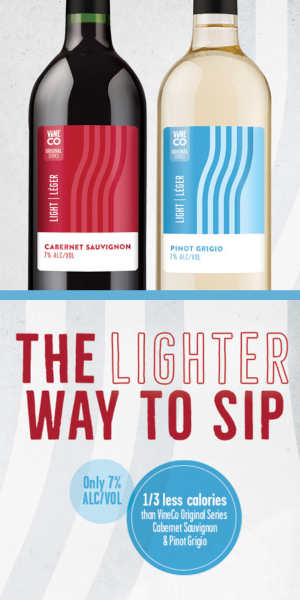There are so many microbes that can produce tiny bubbles in new wines that perhaps your question should be, what microbes will not produce tiny bubbles in dry must?
Everything from (of course) Lactobacilli (AKA LAB or lactic acid bacteria) to Acetobacter (which produce acetic acid) to spoilage yeasts like Brettanomyces will produce carbon dioxide gas as they go about their metabolic business. The very fact that these organisms can survive in a sugar-dry (no fermentable sugars left) environment means that they are at a special risk for stored and bottled wines. Before you finger one of these microbes, however, do be aware that lactic acid bacteria are generally present in the environment to some degree and even if you didn’t inoculate with them you may have a spontaneous malolactic fermentation happening in your wine. For this reason, unless you add sulfur dioxide immediately upon the halt of primary (sugar) fermentation, you may want to inoculate to make sure your malolactic fermentation goes to completion with the microbes of your choice. This way you know that there is no more residual malic acid and your wine will be much more stable during bulk aging (in barrel or carboy) and in the bottle.
You should also be aware that new wines, such as the one that you have described in your question, can retain quite a lot of dissolved carbon dioxide gas from the primary sugar fermentation. In fact, it’s common for new wines to continue degassing for the first few months of their lives, especially when stored in cold temperatures (this is because cold encourages the storage of dissolved gas in the liquid phase). Often, after winter when the weather warms up, winemakers experience popped bungs, tiny bubbles and other releases of gas that may come from “stored” dissolved carbon dioxide.
If you know primary and secondary (MLF) fermentations are complete you can encourage the release of this naturally occurring fizz by racking your wine, or moving it from one container to another. Racking is especially important if you had a troubled primary fermentation or otherwise want to get your new wine off of the lees (the fermentative sediment) so it won’t impart off-flavors or aromas. This movement of wine from container to container will help to drive off some of the accumulated carbon dioxide and should leave you with a more still product.
If you detect increased bubble release after that, and you know that your wine is ML complete then I would start to worry that you have some kind of an infection. At that point you may want to increase your sulfur dioxide levels to over 30 ppm free SO2 and be sure to keep an eye on the wine’s development. If you suspect you have a problem, and you still want to bottle the wine (i.e. you like how it tastes and smells) then I recommend passing the wine through a 0.45 micron filter before bottling.




